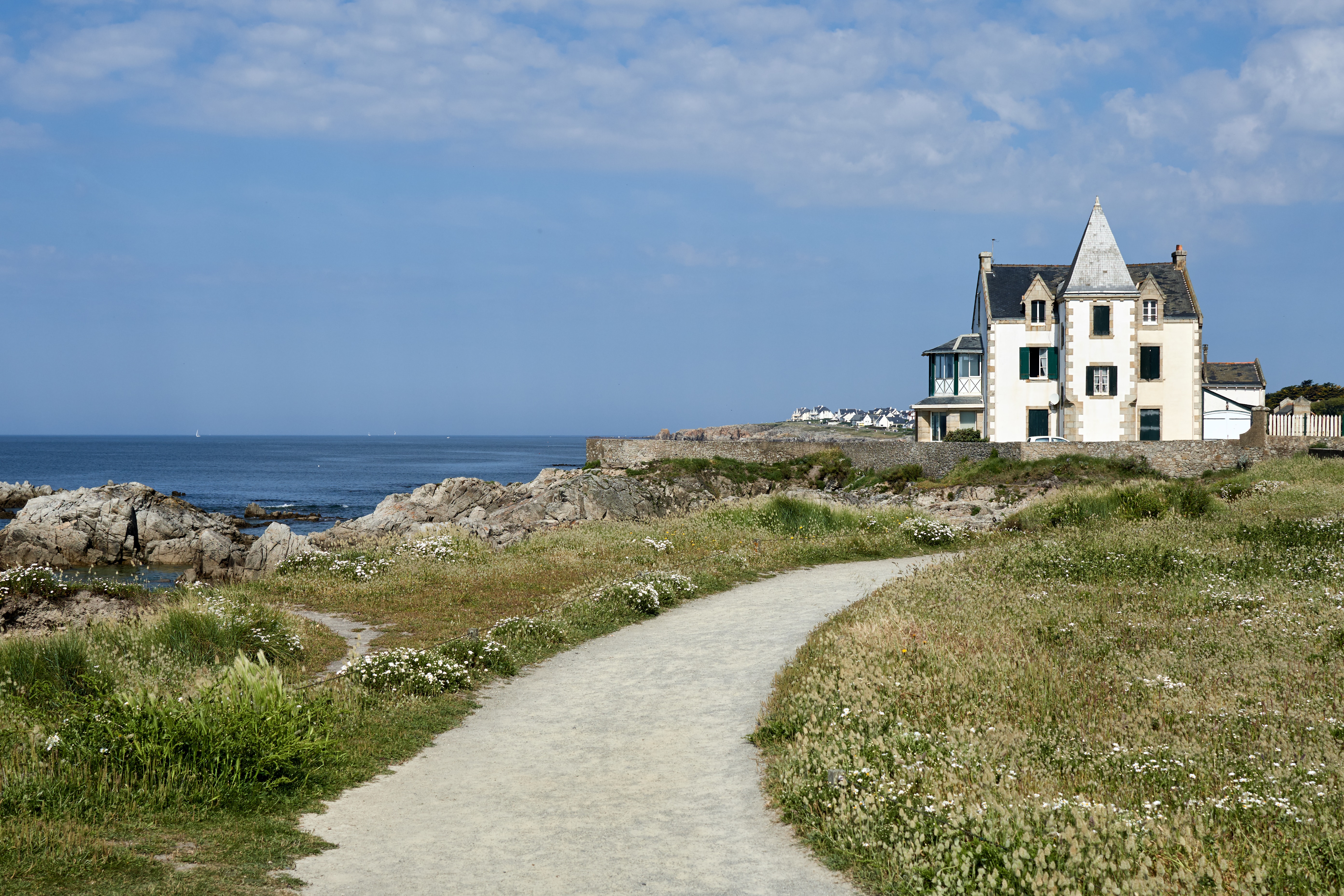Will it Flood? It's all about Elevation!
Of course, the best way to keep a home from flooding is to build it well outside of a Special Flood Hazard Area (SFHA). But we know, about 25% of flood claims come from properties not in these high-risk zones. Further, the risk of flooding is obviously vastly different between properties considered to be in low-risk areas when one is a few inches above the Base Flood Elevation (BFE) and the other is many feet above that imaginary line (the elevation at which a hydrology study predicts 1% chance of flooding in any given year). What’s more, many individuals have to consider properties in SFHAs. Cities like New Orleans, Houston, and Charleston to name a few, don’t give home buyers and businesses many choices other than high risk areas.
So, another option to reduce risk is to build structures in a way that makes them less susceptible to flooding. This involves either raising the structure itself (piers) or raising the ground beneath the structure (fill); preferably prior to it being built. A prudent minimum “freeboard” (the first flood height above the BFE) is 2 feet, and areas susceptible to significant storm surge will need more than that.
Is it important to know the designated flood zone? Of course it is – having knowledge about being in a SFHA, or in a 0.2% chance in any given year zone (aka a 500 year flood) is useful to assess risk. And, if a structure is in a SFHA and has a loan from a federally backed lender, that lender must require the borrower to obtain and maintain flood insurance. And even if there is not a loan from a federally backed lender, flood insurance is most definitely recommended in high-risk areas.
Is knowing the designated flood zone sufficient? Of course not – as was previously pointed out, many flood claims come from properties outside of SFHA. Flood water seems not to know where the high-risk lines are drawn on the flood insurance rate maps. Generally speaking, the farther a structure is from the SFHA, the lower the risk; but more importantly, the higher a structure is above the BFE, the lower the risk from flood waters. So a structure outside of a designated high-risk zone but barely above the BFE, can have significant risk. Further, elevation data are used to determine flood insurance cost for properties in the high-risk zones.
MassiveCert can help! We specialize in flood risk data; provide flood zone determinations, elevation certificates, Letter of Map Amendment processing, Private Flood Clearinghouse, and our newest services FloodRisk Standard and FloodRisk Advanced. Our products can go well beyond just providing the flood zone. We can provide a lot of horizontal distance data, e.g. next nearest zone, distance to a flood source, distance to salt water, distance to fresh water, and vertical data (elevation), e.g. BFE, Highest Adjacent Grade, Lowest Adjacent Grade, and First Flood Height. That in addition to other flood risk data like number of disasters in a community, previous and future zones, Elevation Certificate cost, property data that is relevant to flood, etc.
Our services are applicable to lenders, insurance companies (both WYO and Private), property owners, and really anyone involved in assessing flood risk. Feel free to reach out to find a service to meet your flood risk needs.


